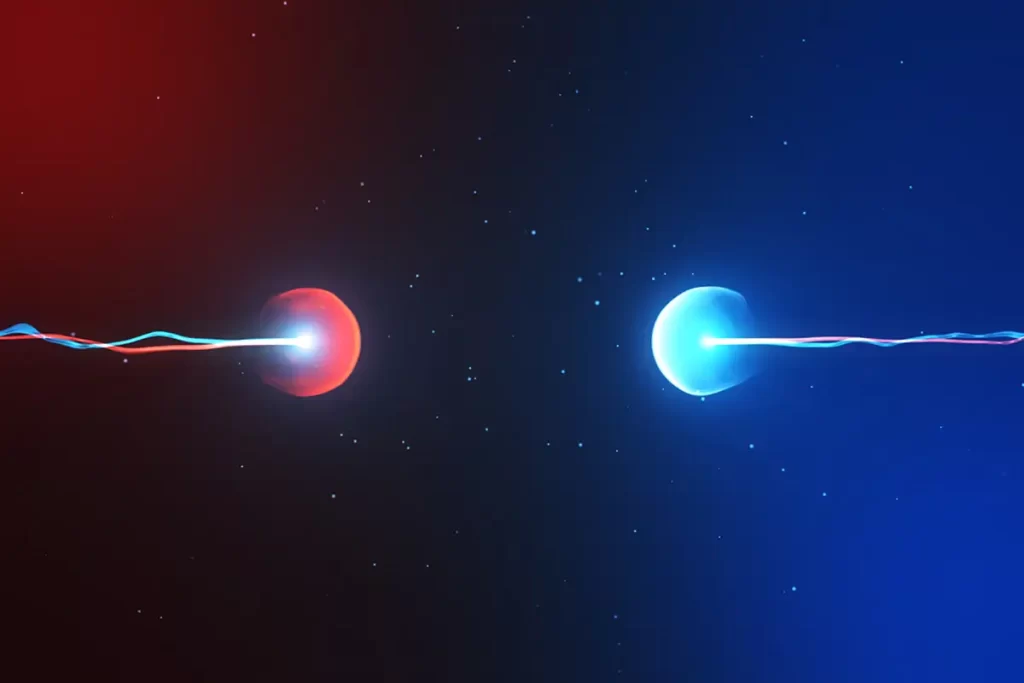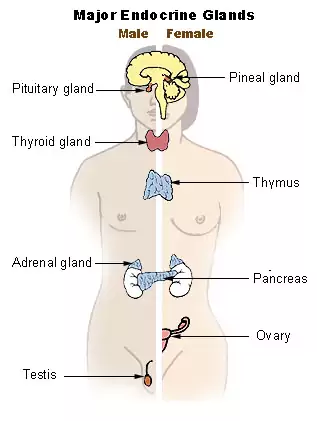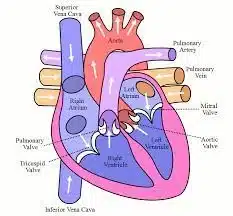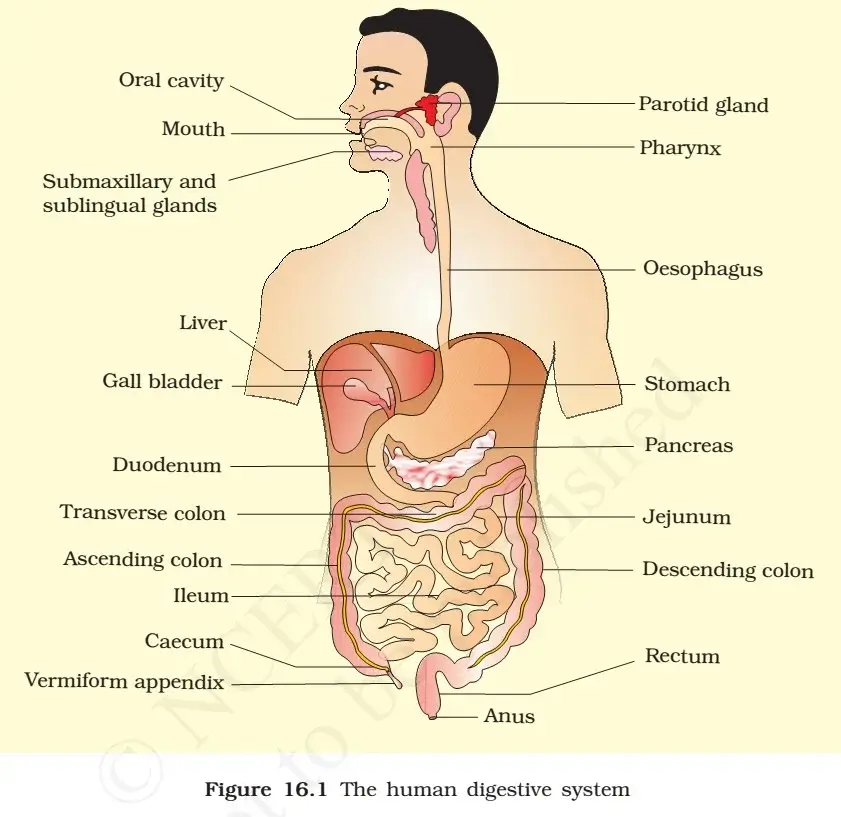Ruminants are referred to the plant-eating mammals including sheep, goat, deer cattle, buffaloes, bison, giraffes, yaks, etc. Ruminants swallow the food without chewing. After feeding, they bring the food from the stomach back into the mouth and chew it leisurely. This process is called rumination and such animals are called as ruminants. Rumination is also called second chewing. The word “ruminant” comes from the Latin ruminare, which means “to chew over again”.
Digestion process in Ruminants
The digestion process in Ruminants begins by chewing and swallowing its food. Ruminants do not completely chew the food they eat, but just consume or gulp as much they can and then swallow the food. This is actually an adaptation by which these animals have evolved to spend as little time as possible feeding so that they are not hunted down by any predators while they are eating.
The stomach of these Ruminants is divided into 4 chambers – rumen, reticulum, omasum, and the abomasum.
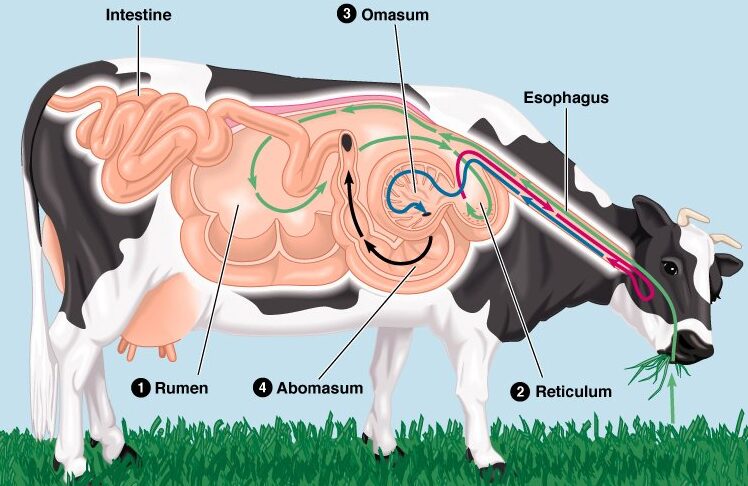
The process of digestion in ruminants:
- Grass-eating animals swallow the food quickly and store it in the rumen. Rumen also inhabits cellulose digesting bacteria which establish a symbiotic relationship with the animal stomach.
- Digestion in ruminants is a good example of symbiosis. Microorganisms present in the stomach of ruminants help in digesting cellulose and in turn obtain shelter and nourishment form the animal. A symbiotic relationship exists between microorganisms and the ruminants.
- As rumen is full, the food is taken into second part of the stomach, the reticulum.
- Digestive juices of the reticulum partially digest the food. The partially digested food in the reticulum is called as cud.
- While resting, cow brings back the cud into the mouth for regurgitation.
- Food is chewed completely and swallowed into omasum for further digestion.
- Then the food moves into abomasum for digestion brought about by digestive juices.
- A large sac-like structure called the caecum lies between the small and large intestines.
- The symbiotic bacteria present in the caecum help in the complete digestion of cellulose. Digestion of food is completed in the intestine.
- As the symbiotic bacteria are not present in the human digestive system, humans cannot digest cellulose.
Also refer :
- Download the pdf of Important MCQs From the History Of Ancient India
- List Of Important Inscriptions In India



